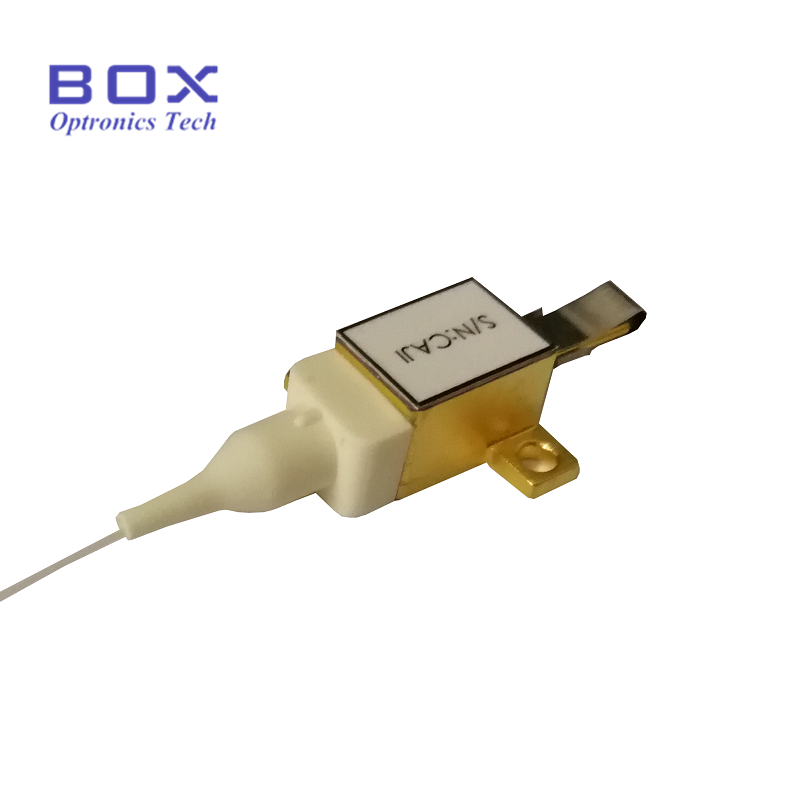Weaving Strength: Considerations in Selecting Fibers for High-Power Laser Coupling
2023-12-04
Introduction:
The marriage of high-power lasers with optical fibers has unlocked a realm of possibilities, offering precision and efficiency in a diverse range of applications. However, the choice of fibers is critical in ensuring the seamless coupling of high-power lasers, considering factors such as power levels, beam quality, and environmental conditions. In this blog post, we will delve into the key considerations that must be taken into account when selecting fibers for coupling high-power lasers, unraveling the intricacies of this crucial decision in laser system design.
1. Power Handling Capacity:
The power handling capacity of the selected fiber is paramount. High-power lasers generate intense beams, and the fiber must withstand the associated thermal effects. Choosing a fiber with a power handling capacity that exceeds the expected laser power ensures durability and prevents damage to the optical components.
2. Core Diameter and Mode Field Diameter:
The core diameter and mode field diameter of the fiber are critical factors influencing beam quality and coupling efficiency. Matching the core diameter of the fiber to the laser beam characteristics helps preserve the beam quality during the coupling process, ensuring optimal performance.
3. Numerical Aperture (NA):
The numerical aperture of the fiber is a measure of its light-gathering ability. Matching the numerical aperture of the fiber to that of the laser source is crucial for efficient light coupling. A well-matched NA minimizes losses and supports optimal power transfer.
4. Wavelength Compatibility:
Ensure that the chosen fiber is compatible with the wavelength of the high-power laser. Different fibers exhibit varying transmission characteristics based on wavelength, and selecting a fiber optimized for the laser's wavelength ensures efficient coupling and minimal losses.
5. Material Composition:
Fiber materials vary, with common options including silica, fluoride glass, and specialty materials. The material composition influences the fiber's performance in terms of power handling, transmission properties, and environmental resilience. Select a material that aligns with the specific requirements of the high-power laser application.
6. Single-Mode vs. Multi-Mode Fibers:
The choice between single-mode and multi-mode fibers depends on the application. Single-mode fibers are preferred for applications demanding precise beam control and low divergence, while multi-mode fibers may be suitable for applications requiring larger spot sizes.
7. Bend Radius and Flexibility:
Consider the bend radius and flexibility of the selected fiber. Some applications may involve routing fibers through tight spaces or around corners. Choosing a fiber with appropriate flexibility ensures ease of integration and minimizes the risk of damage during installation.
8. Environmental Conditions:
Evaluate the environmental conditions in which the fiber-coupled laser system will operate. Factors such as temperature, humidity, and exposure to chemicals can impact the performance and longevity of the fiber. Select fibers with suitable protective coatings or jackets to enhance environmental resilience.
Conclusion:
The selection of fibers for coupling high-power lasers is a nuanced process that requires careful consideration of various factors. From power handling capacity to environmental resilience, each aspect plays a crucial role in determining the success of the fiber-coupled laser system. By navigating these considerations thoughtfully, engineers and researchers can ensure that the chosen fibers empower high-power lasers to shine brightly in their intended applications, delivering precision and efficiency across diverse industries.



